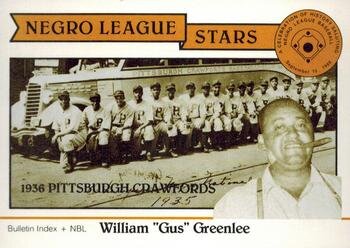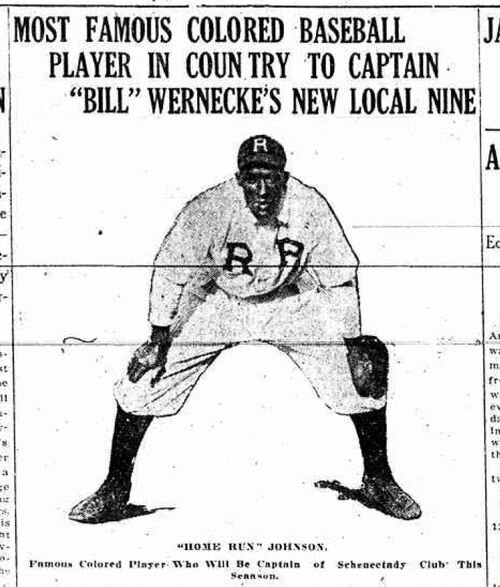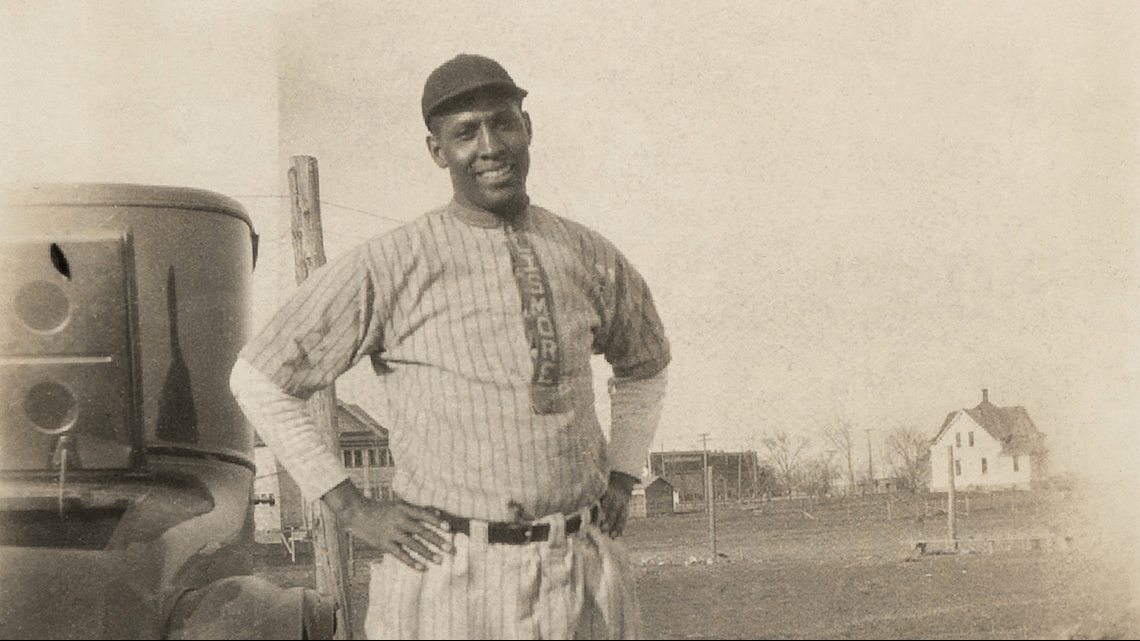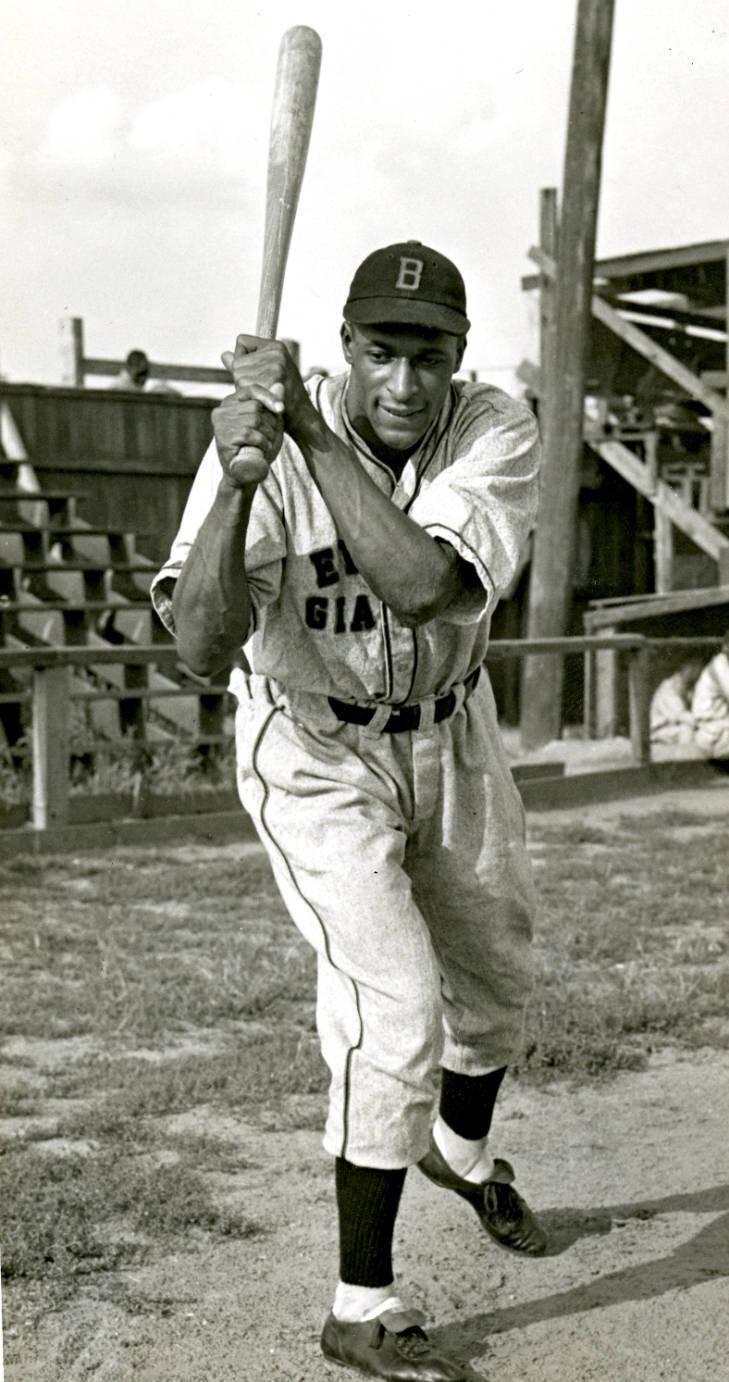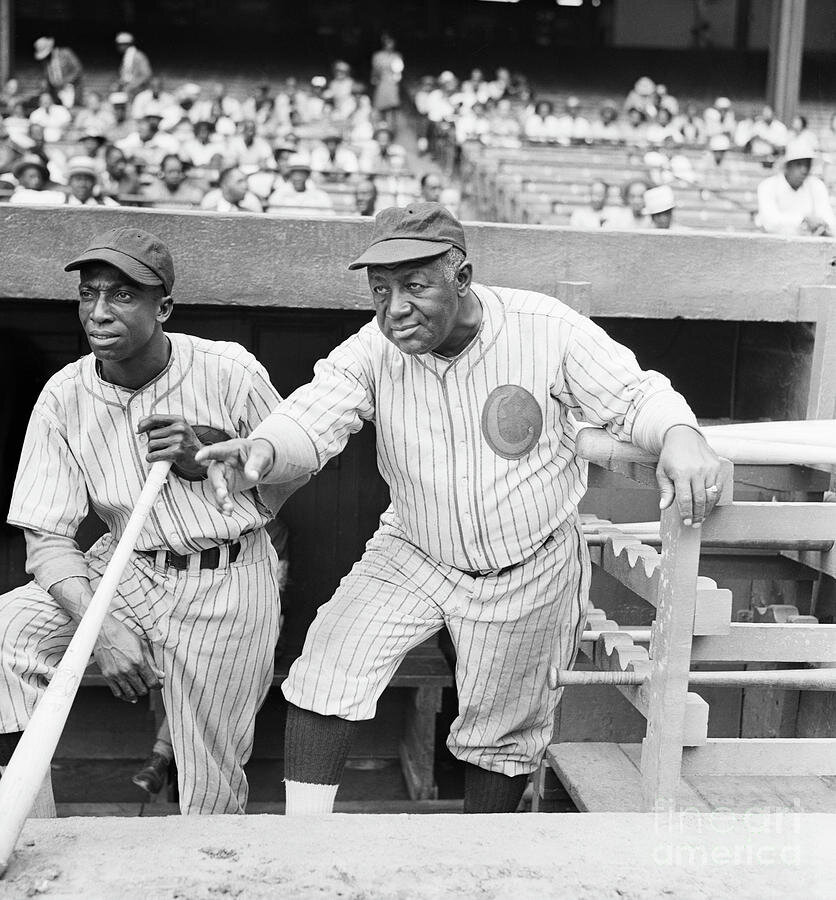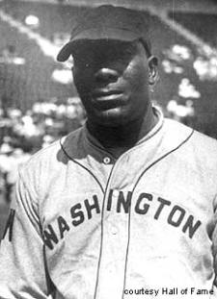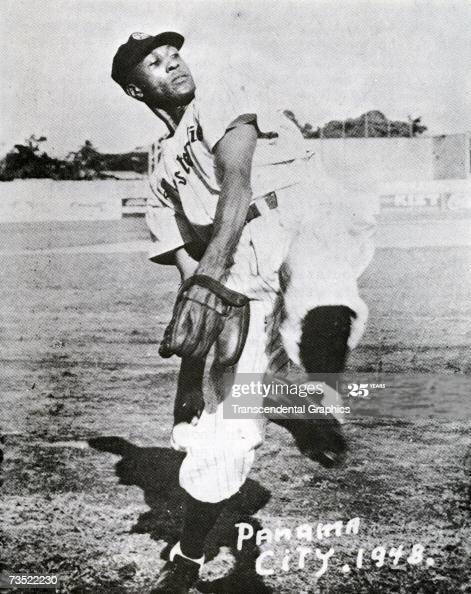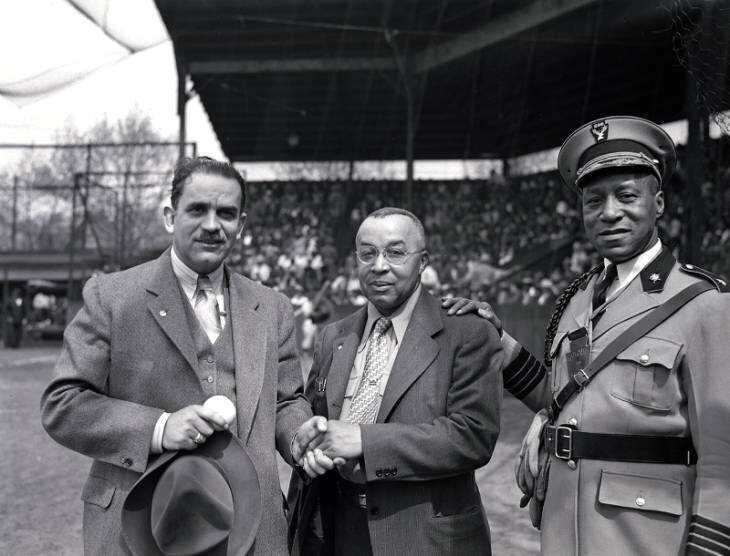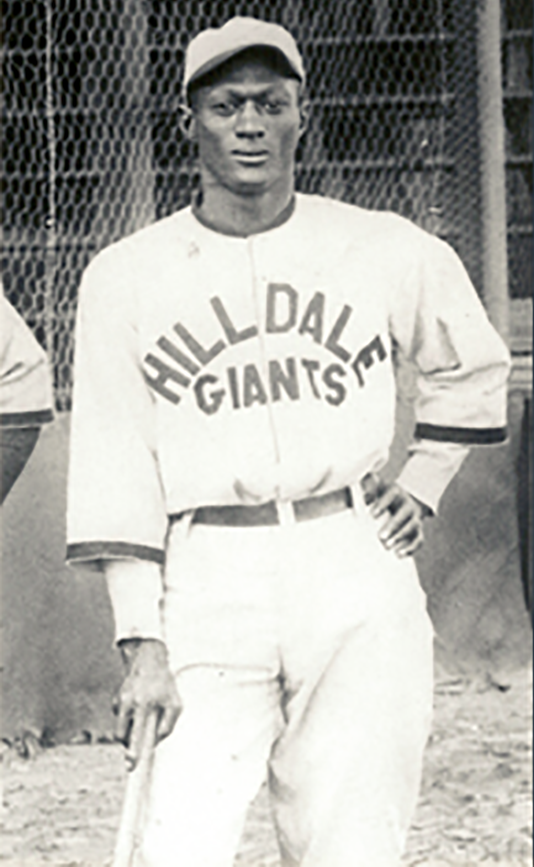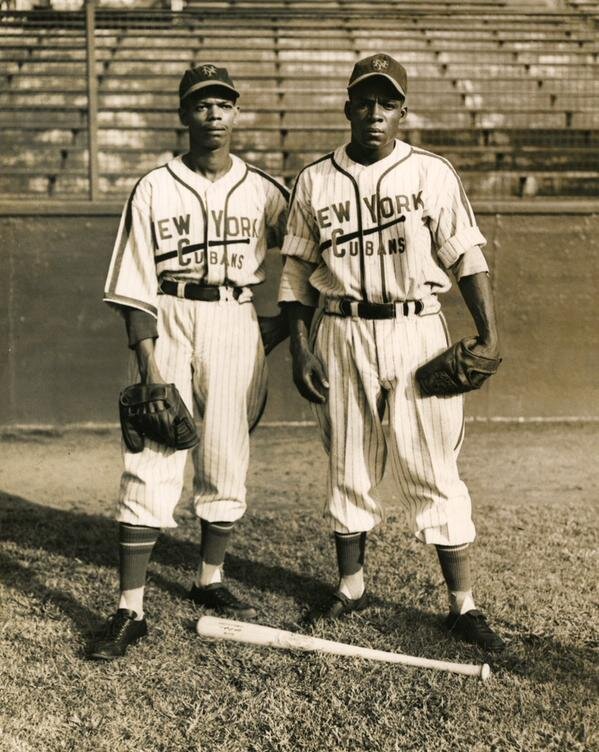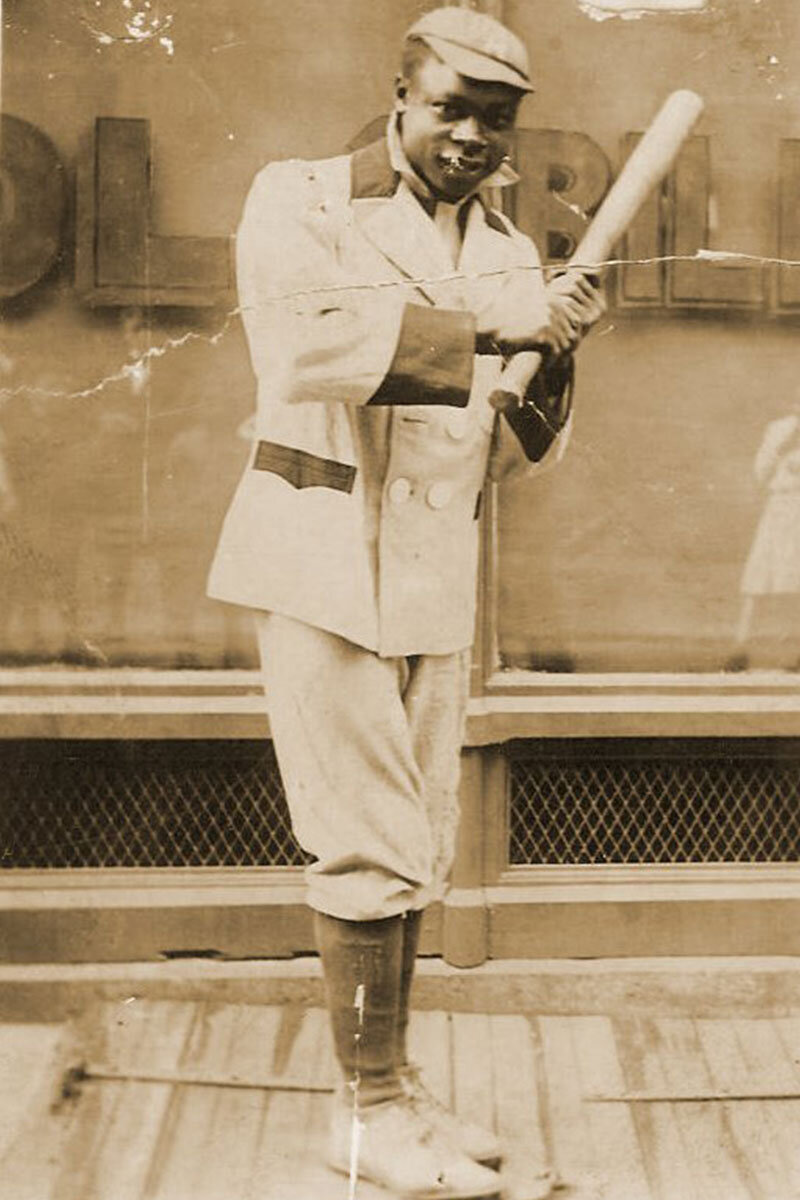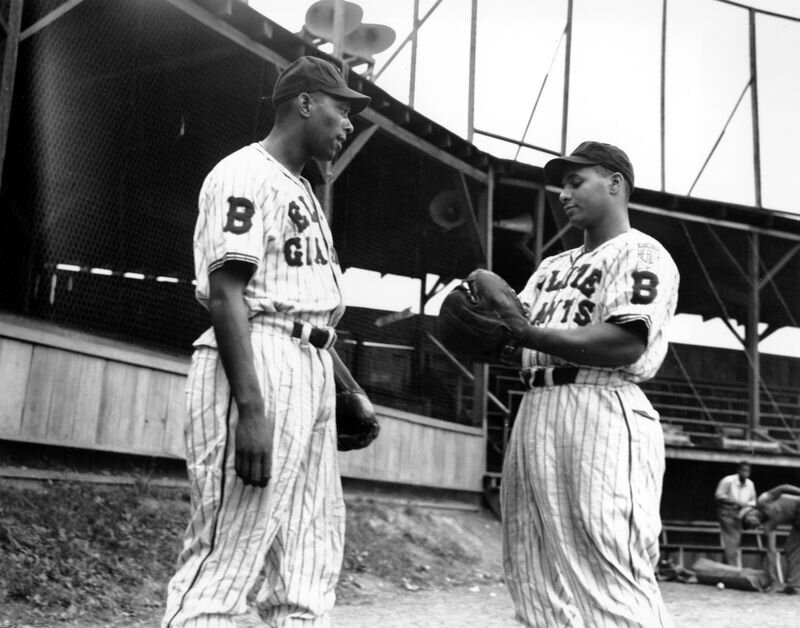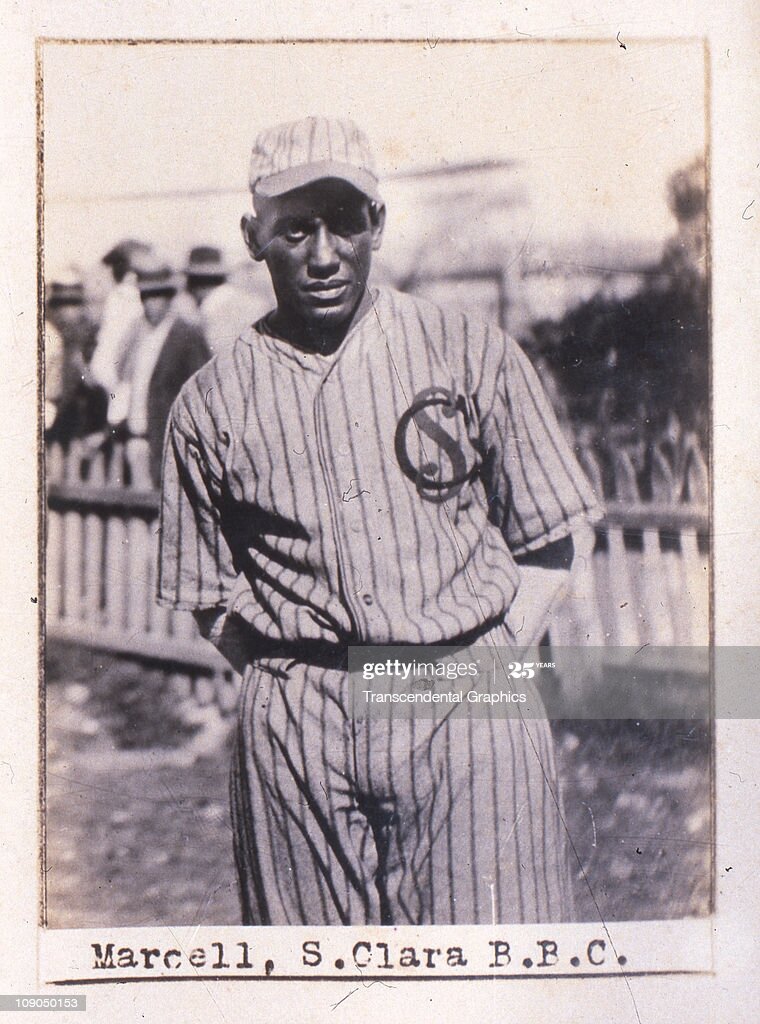When legendary Red Sox slugger Ted Williams gave his induction speech at the National Baseball Hall of Fame on July 25, 1966, he unexpectedly included a blunt admonition to the sport's establishment that something in the hallowed Hall was significantly awry - the absence of standout players from the Negro Leagues:
"I've been a very lucky guy to have worn a baseball uniform, and I hope some day the names of Satchel Paige and Josh Gibson in some way can be added as a symbol of the great Negro players who are not here - only because they weren't given a chance."
The "Splendid Splinter" was referring to two of the most famous names in the Negro Leagues, who were not given the opportunity to play in the Major Leagues until Jackie Robinson broke the color barrier in 1947. (Gibson died early in 1947 and never played in the majors; Paige's brief major league stint came long past his prime.) Williams biographer Leigh Montville called the broadside "a first crack in the door that ultimately would open and include Paige [in 1971] and Gibson [1972] and other Negro League stars in the shrine."
The Hall has been playing catch-up ever since - and as this week's guest Steven Greenes (Negro Leaguers and the Hall of Fame: The Case for Inducting 24 Overlooked Ballplayers) argues - still has plenty of ground to cover if it is to fully memorialize the contributions of some of the best talent to have ever played the game.

